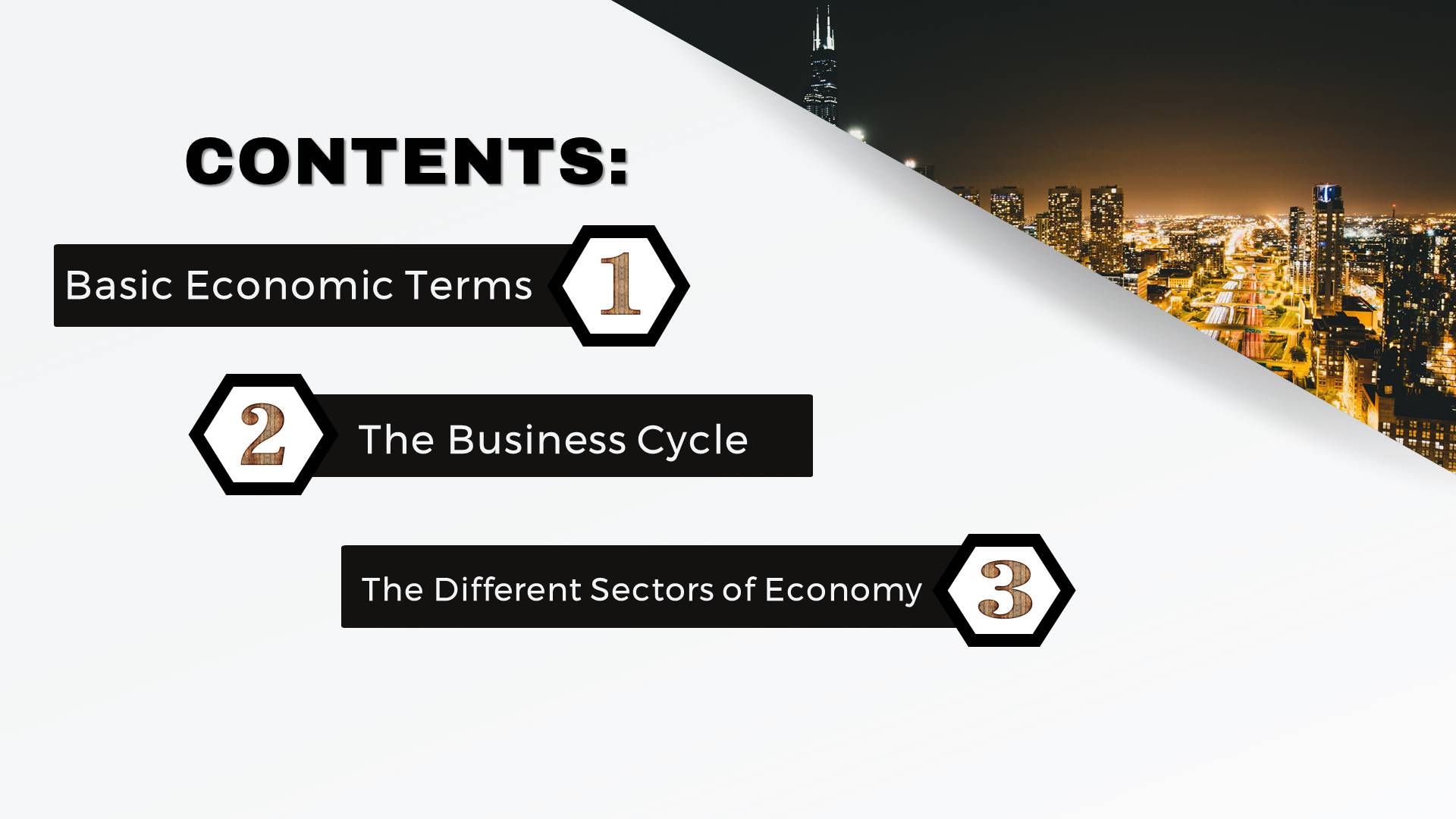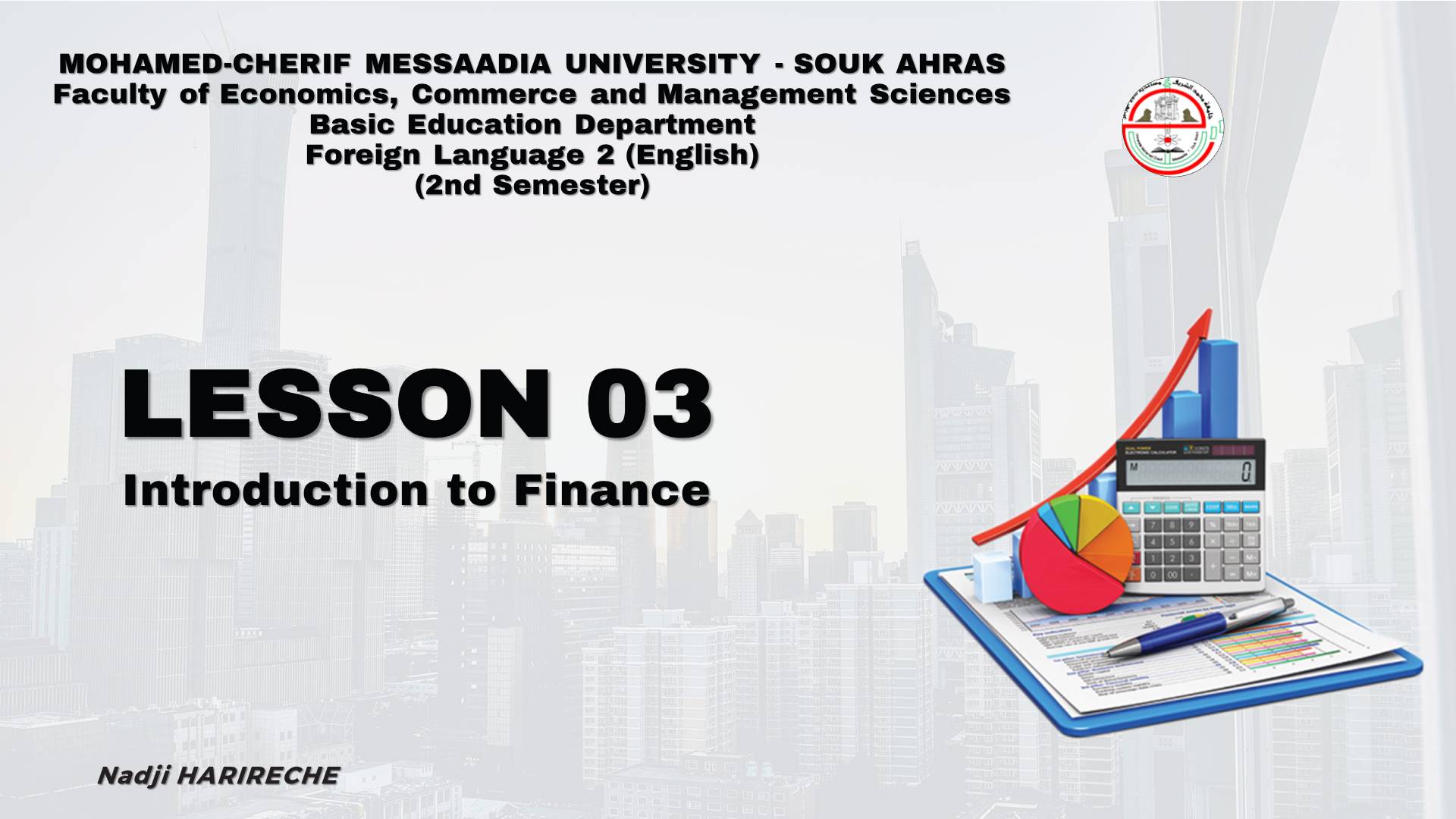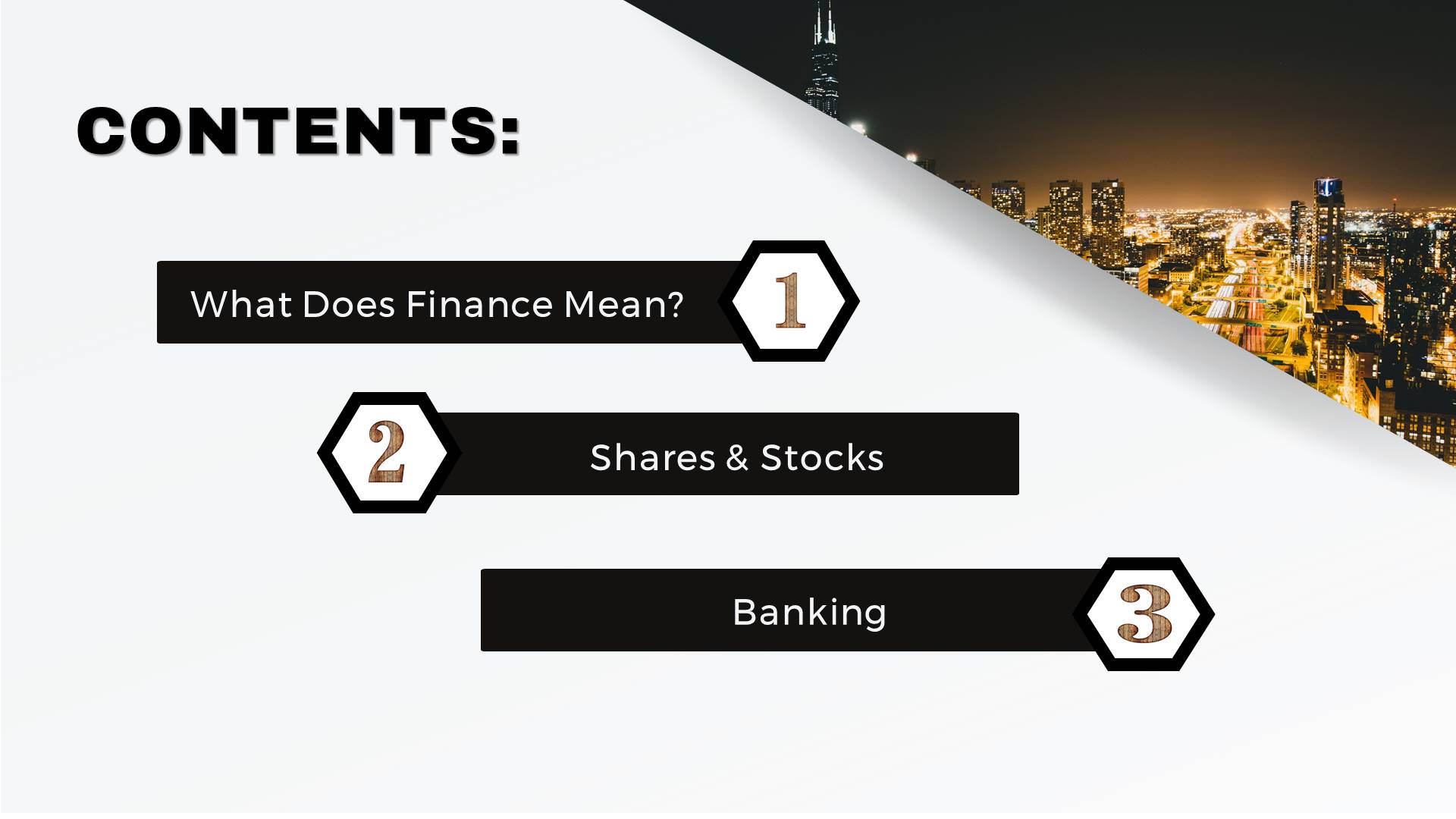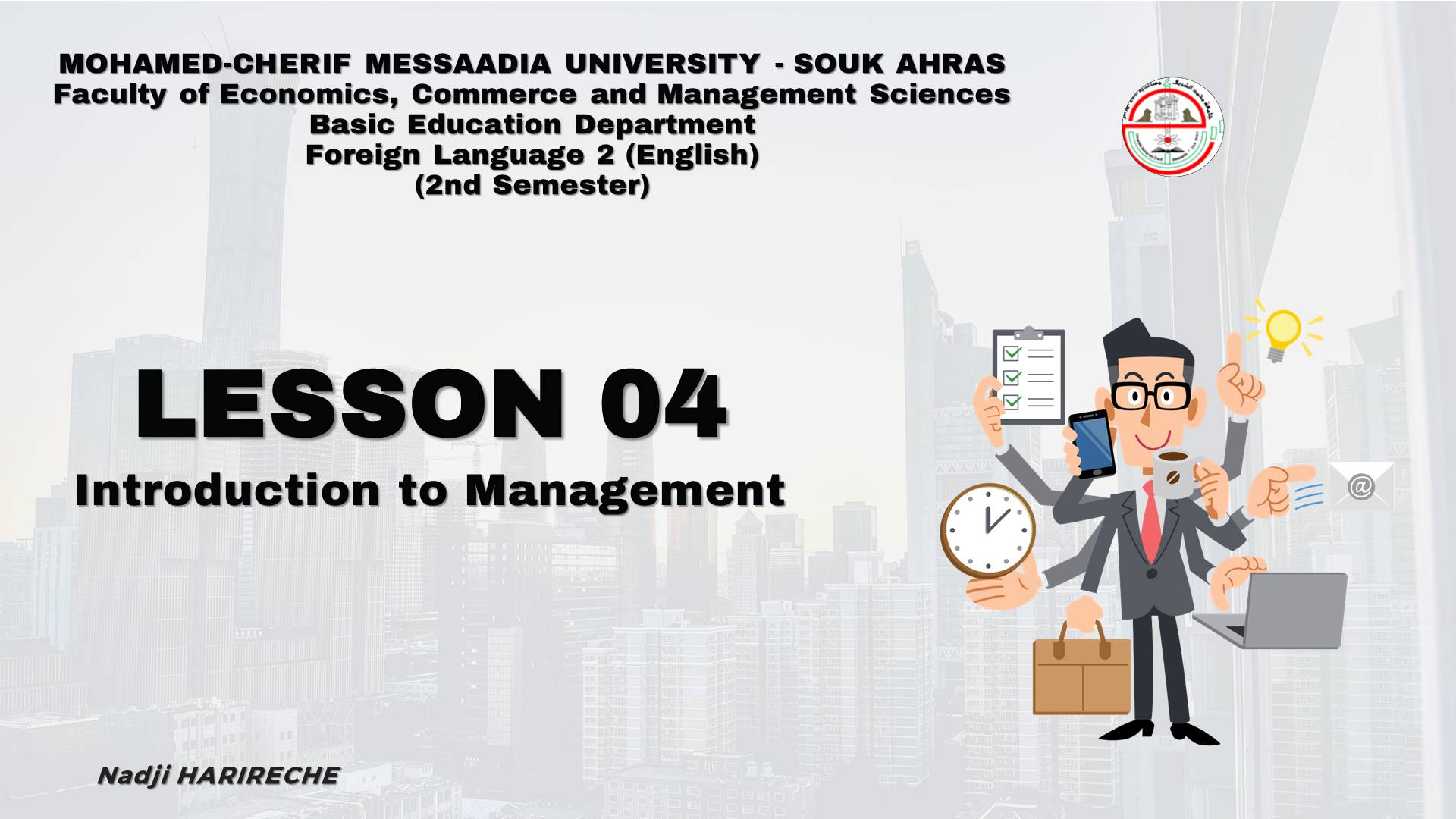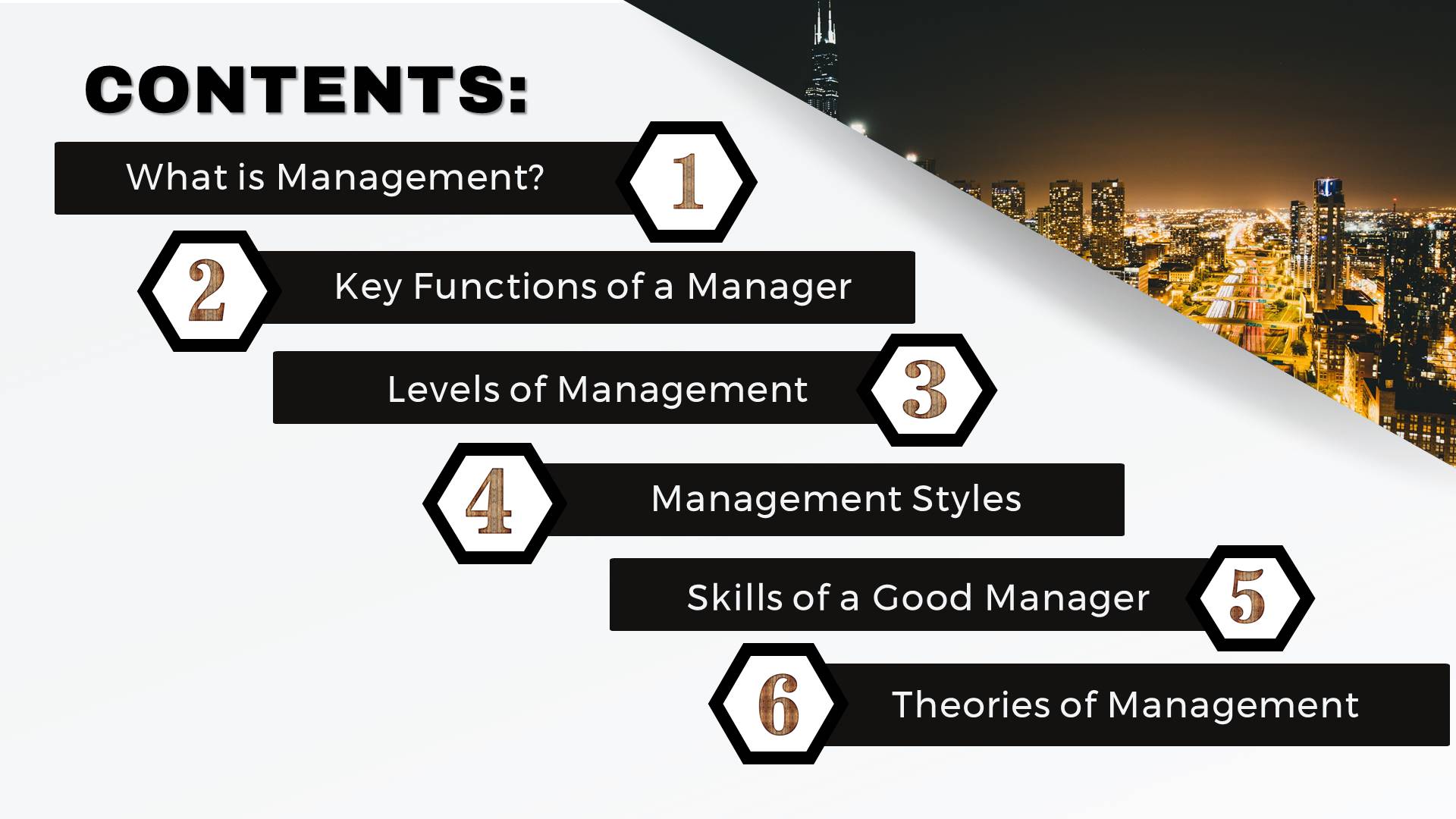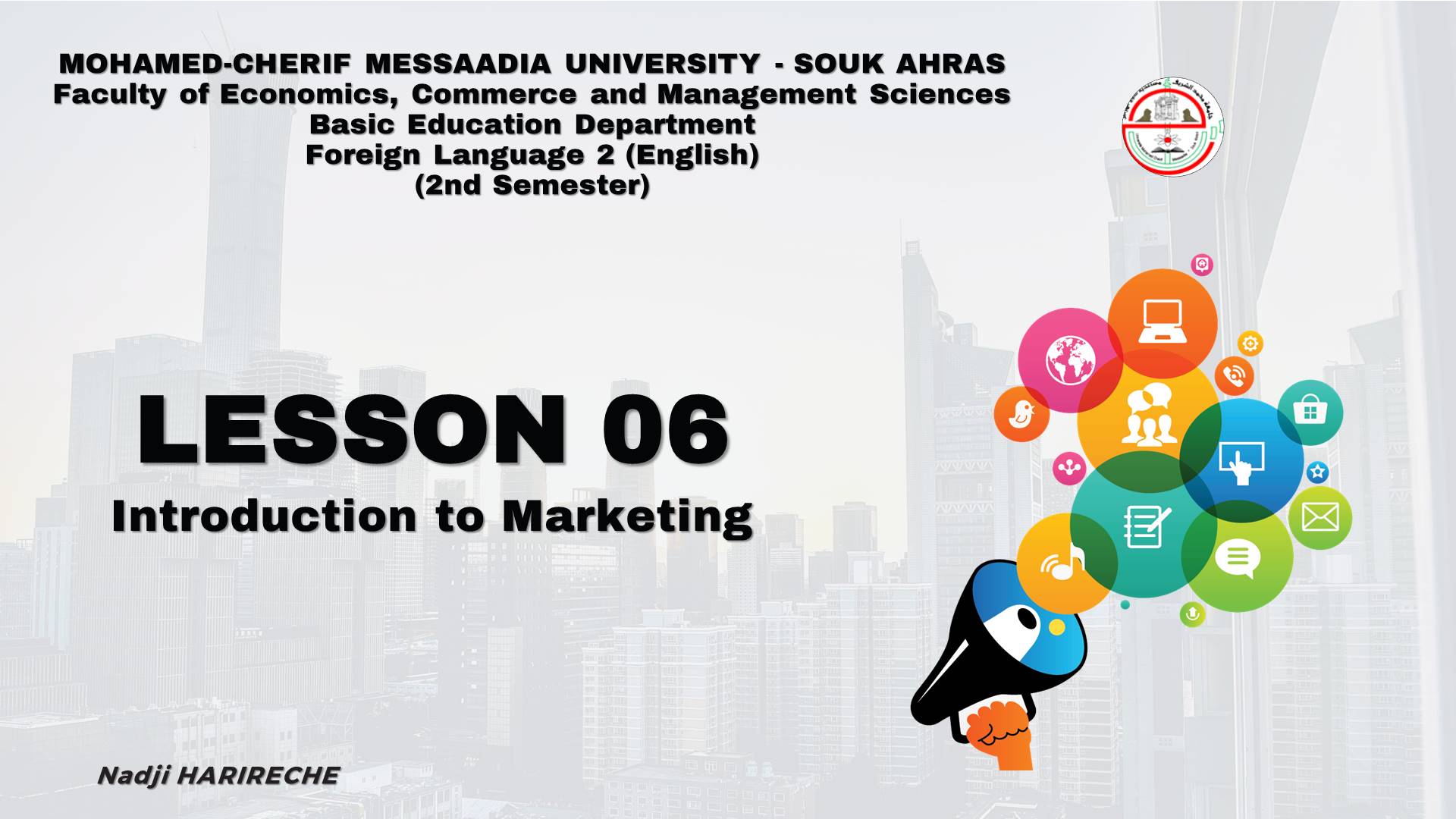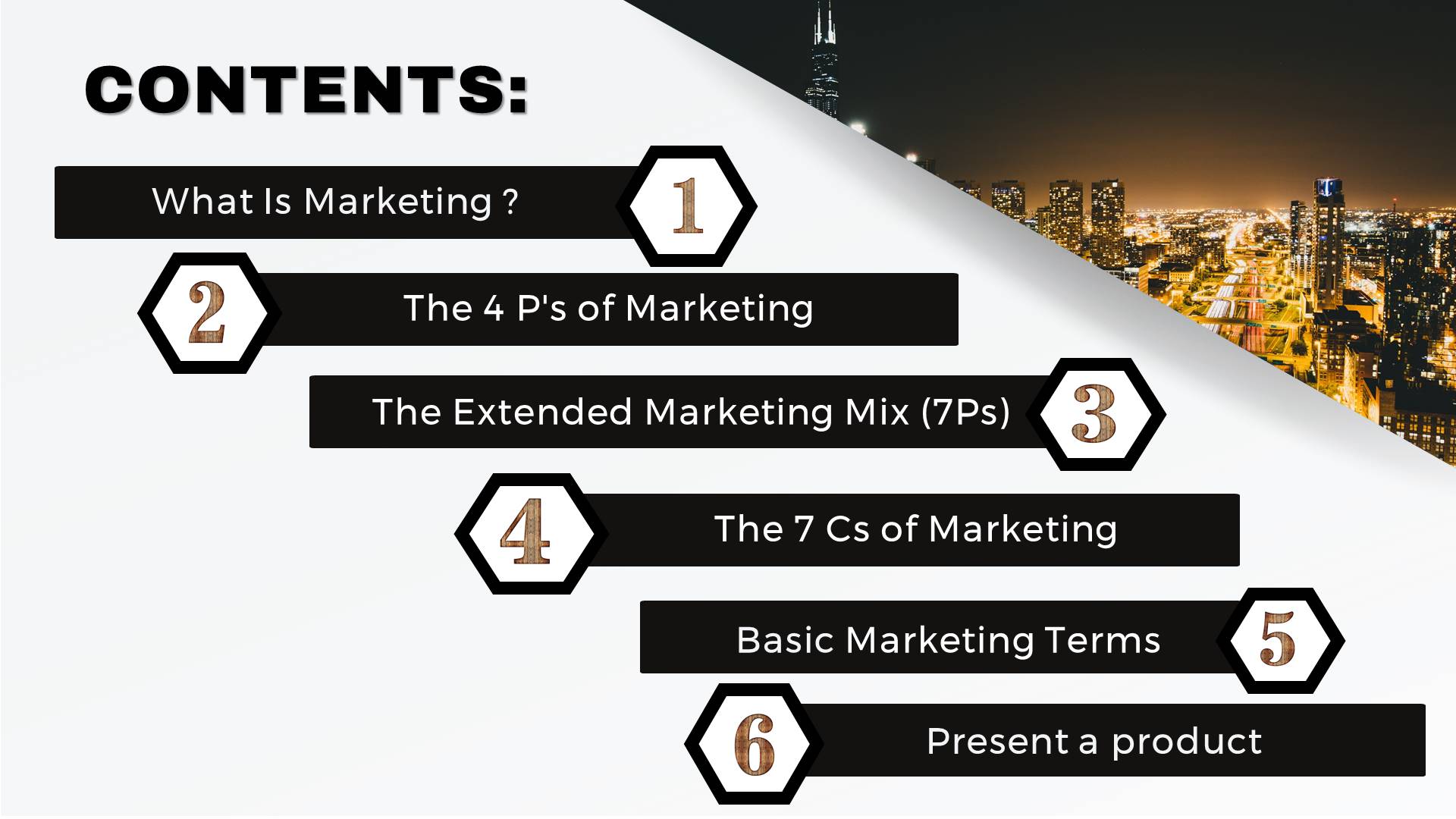S2 - لغة اجنبية
Résumé de section
-

English students can gain language abilities that will be valuable in the workplace or other business settings. Understanding the communication skills required in the business gives him the confidence to develop solid relationships with his coworkers or future partners.
-

Mohamed-Cherif Messaadia University - Souk Ahras
Faculty of Economics, Commerce and Management Sciences
Module: Foreign Language 2 (English)
Level: 1st Year - Bachelor (2nd semester)
Credit: 1 Coefficient: 1
Weekly hourly volume: 1,5 hour PW
Teacher: Nadji HARIRECHE
-

Teacher:
Dr. Nadji HARIRECHE
Souk Ahras University - AlgeriaAvailability times in the Office and the Faculty: Tuesdays, Wednesdays and Thursdays from 08:00 to 12:00
-

Bloom's taxonomy can offer a helpful framework for learning Foreign Language 2 (English) and improving language skills, where the main objectives are:
· Remembering: This involves recalling basic facts, terms, and concepts related to business English, such as common business vocabulary, grammar rules, and communication strategies.
· Understanding: In this stage, students should be able to comprehend the meaning of written and spoken texts in a business context, such as emails, reports, and presentations.
· Applying: At this level, students can use their knowledge of business English to apply language skills in practical situations, such as writing a business letter, participating in a meeting, or giving a presentation.
· Analyzing: students should be able to break down complex business language, identify key points, and evaluate the effectiveness of communication strategies in different contexts.
· Evaluating: In this stage, students can assess their own language proficiency in business English, as well as the language skills of others, to determine strengths and areas for improvement.
· Creating: This is the highest level of Bloom's taxonomy, where students can use their knowledge and skills to generate original ideas, develop innovative solutions, and communicate effectively in a business setting.
By using Bloom's taxonomy to the study of Foreign Language 2 (English), students can move through several stages of language proficiency while also developing critical thinking skills necessary for success in the business world.
-

Before delving into more complicated business-specific vocabulary and themes, students should have a solid mastery of the English language. A strong foundation in grammar, vocabulary, and reading comprehension will set the learner up for success when studying Business English. Furthermore, having a rudimentary comprehension of business techniques and terminology will benefit his language skills in a professional situation.
Before beginning English classes, brief assessments and spoken questions are administered to determine the student's prior knowledge and readiness to acquire the concepts presented in each subject. This will be extremely beneficial in valuing and enhancing the student's linguistic abilities.
-
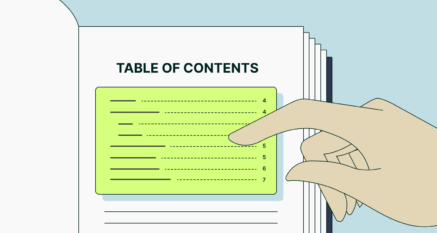
This course covers many topics in the business English field that have a direct relationship to the specialization and field of formation in economic, commercial, and management sciences, as well as providing some training in the basics and generalities of the English language in order to develop the linguistic acquisitions for students.
The subject program includes six axes:
Lesson 1: Introduction to Economics
Lesson 2: Introduction to Commerce and Trade
Lesson 3: Introduction to Finance
Lesson 4: Introduction to Management
Lesson 5: Introduction to Accounting
Lesson 6: Introduction to Marketing
-

English is widely recognized as the most popular language on a global basis, and it is the dominant language in commerce. Even if the student already has a strong command of Basic English, studying business English will enable him to demonstrate a broader professional vocabulary, thus leading to new opportunities in his career.
Mental Map:

-

- Bennie, M. (1996). Mastering Business English: How to Improve Your Business Communication Skills. United Kingdom: How To Books.
- Brieger, N., Sweeney, S. (1994). The Language of Business English. United States: Prentice Hall.
- Buhlig, R. (1914). Business English: A Practice Book. United States: D.C. Heath & Company.
- Choudhury, S. K. (2011). Business English. India: Pearson Education.
- Combley, R. (2011). Cambridge Business English Dictionary. Germany: Cambridge University Press.
- Ellis, M., Johnson, C. (1994). Teaching Business English: An Introduction to Business English for Language Teachers, Trainers, and Course Organizers.. Spain: OUP Oxford.
- Ellison, P. T. (2006). Business English for the 21st Century. United Kingdom: Pearson Prentice Hall.
- Evan, F. Sean, M. (2011). English for accounting, Oxford University Press.
- Ian Mackenzie (2002). Financial English. Christopher Wenger Publishing.
- Jaderstrom, S., Miller, J. (1999). Business English at Work. United States: Glencoe/McGraw-Hill.
- Lowe, S., Pile, L. (2009). Business English Language Practice: Grammar and Vocabulary. United Kingdom: Delta Publishing.
- Moore Mba, H. F. (2013). Great Business English: Phrases, Verbs and Vocabulary for Speaking Fluent English. United Kingdom: Diversity Publishing.
- Nickerson, C., Planken, B. (2015). Introducing Business English. United Kingdom: Taylor & Francis.
- Prem P., B. (2016). Business English. India: V&s Publishers.
- Simon Sweeney (2002). Test your Professional English - Management. Pearson Education Limited. Second Edition.


